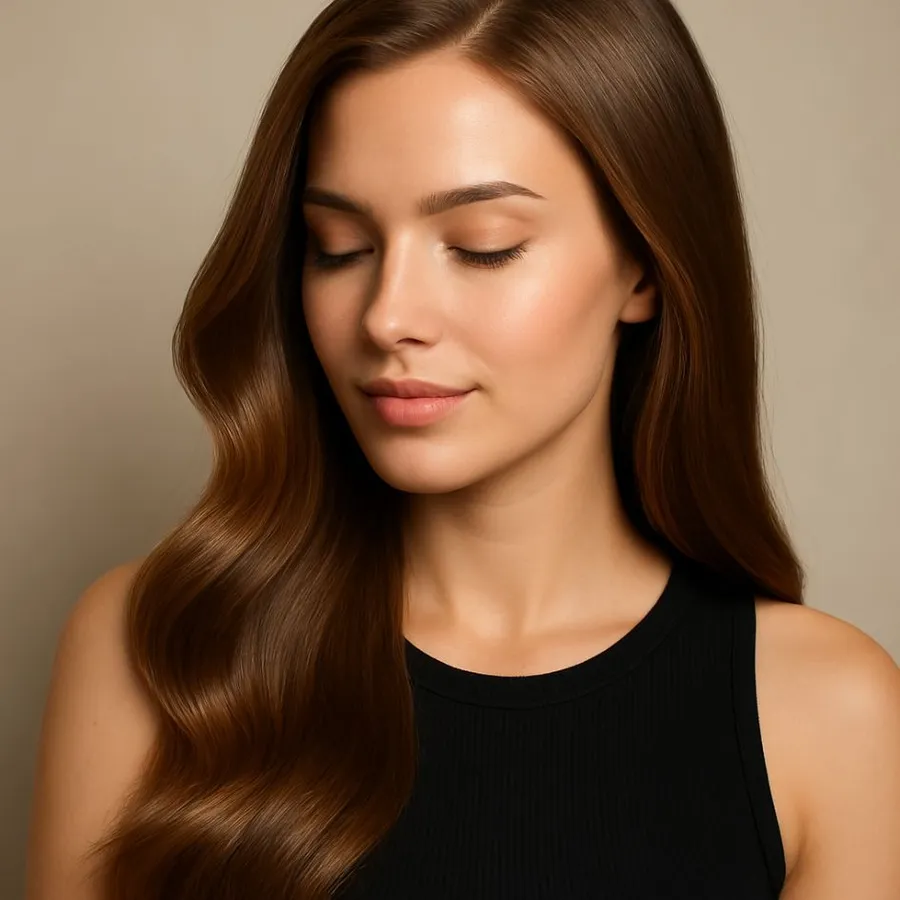· LUCY LOVES ME · Beauty
From Farm to Face: Should You Really Put Beef Tallow on Your Skin?

Remember when your grandma swore by lard for baking? Well, now people are taking animal fats in a rather unexpected direction – their skincare routine.
Beef tallow for skin care is having quite the moment, and before you wrinkle your nose, there’s actually some fascinating science behind it.
What is Beef Tallow Used For?
Let’s get the slightly squeamish bit out of the way first. Beef tallow is rendered fat from cattle – essentially, it’s what you get when you purify suet (the hard fat around the cow’s kidneys and loins).
Historically, tallow has been a staple in everything from cooking to candle-making to, yes, skincare.
Indigenous cultures have long used animal fats for skin protection, and even Victorian-era beauty routines involved tallow-based creams.
Today, it’s making a resurgence among those looking for alternatives to synthetic beauty products.
In its purest form, beef tallow for skin benefits include deep hydration, barrier protection, and potential anti-inflammatory properties.
That said, if you’ve ever smelled unrefined tallow, you might be hesitant to slap it on your face—it carries a distinct, meaty aroma that’s not exactly “spa-like.”

The Science Behind Why Beef Tallow Might Actually Work
Oddly enough, beef tallow’s molecular structure is remarkably similar to our skin’s own oils.
It’s rich in fatty acids that match what your skin naturally produces, including:
- Palmitic acid
- Stearic acid
- Oleic acid
- Conjugated linoleic acid (CLA)
This similarity means beef tallow for face applications isn’t as bizarre as it might initially sound.
Your skin rather likes these familiar fatty acids, which help maintain its barrier function.
Is Beef Tallow Good for Skin?
The beef tallow skin care movement isn’t just about following trends. Proponents claim several benefits:
- Deeply moisturising properties
- Anti-inflammatory effects
- Rich in fat-soluble vitamins (A, D, E, and K)
- Supports skin barrier function
- May help with wound healing
However, before you dash off to your local butcher, there are some important caveats.
Not everyone’s skin responds well to beef tallow for skin treatments. Those prone to acne might find it too heavy, and some people report blocked pores.
Also, quality matters enormously – we’re talking grass-fed, properly rendered tallow, not any old fat.

How People Are Using Beef Tallow on Their Skin
If you’re curious about what is beef tallow used for in skincare, here’s the practical bit:
- As a night-time moisturiser
- Mixed with essential oils for customised balms
- In homemade soap making
- As a natural makeup remover
- For dry skin patches and eczema
Should You Try Beef Tallow for Skin?
Like most skincare trends, the answer isn’t straightforward. Beef tallow skin benefits vary significantly from person to person.
While some users report transformative results, others find it too heavy or problematic.
Dermatologists suggest starting cautiously if you want to try it:
- Patch test first
- Begin with small amounts
- Use only high-quality tallow
- Consider your skin type
- Watch for any adverse reactions
Making an Informed Decision
If you’re intrigued by beef tallow for skin benefits, consider these factors:
- Your skin type (particularly good for dry or mature skin)
- Source quality (grass-fed, properly rendered)
- Potential allergies or sensitivities
- Your current skincare routine
- Cost versus conventional products

Beef Tallow: The Bottom Line
While beef tallow might sound like an unusual addition to your skincare routine, it’s not as outlandish as it first appears.
Its similarity to our skin’s natural oils makes it an interesting option for those seeking natural alternatives to conventional moisturisers.
Whether you’re convinced to give it a go or still slightly sceptical, remember that skincare is deeply personal.
What works brilliantly for one person might be disastrous for another. If you do decide to experiment with this ancient-turned-trendy ingredient, start small and listen to your skin.
After all, sometimes the most effective solutions aren’t found in fancy packaging at department stores – they might just be hiding in your great-grandmother’s recipe book.
And if it turns out beef tallow isn’t for you? Well, at least you’ll have a solid excuse to make the crispiest roast potatoes to go with your Sunday roast.








